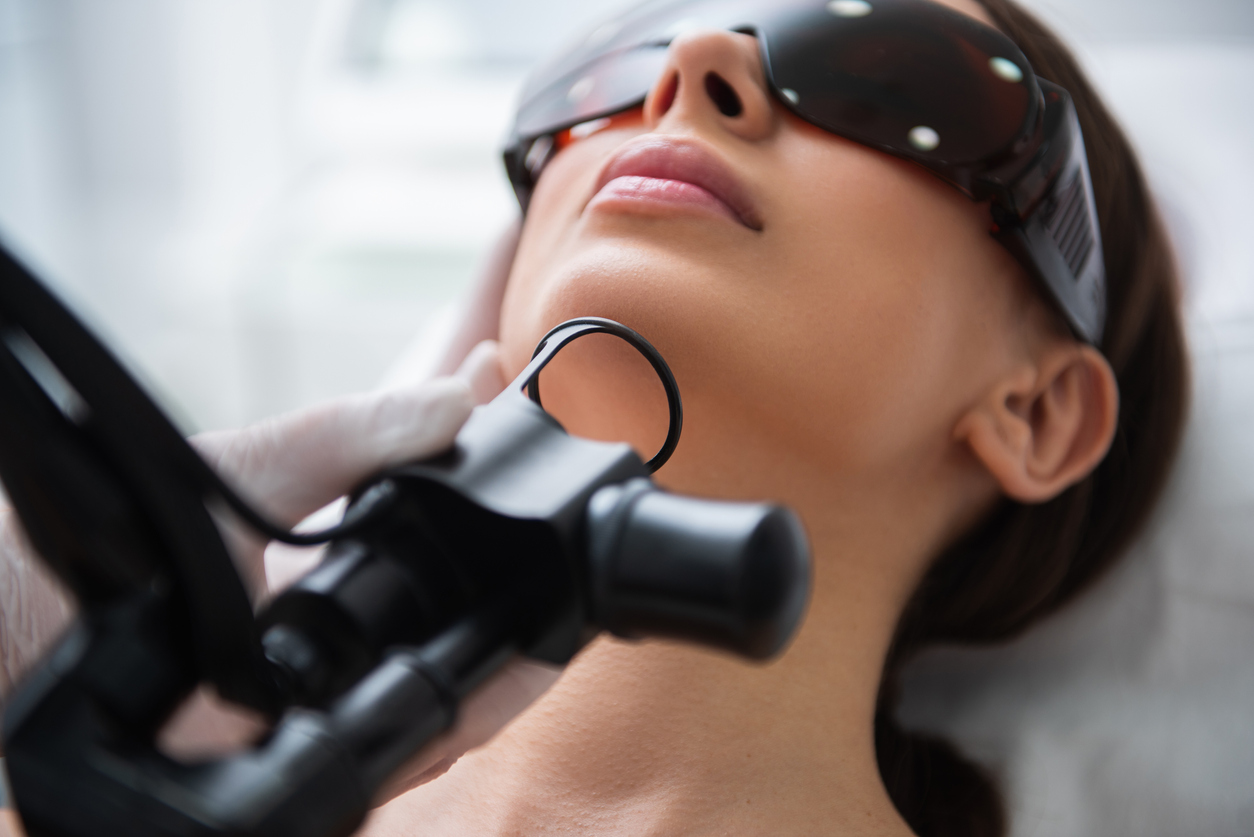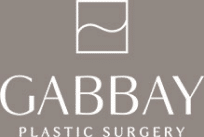For patients with aesthetic skin concerns, laser resurfacing can be a game changer. Whether you are bothered by persistent redness or looking to reduce the appearance of wrinkles, there is a whole range of laser resurfacing treatments that can be used to give you smoother skin. However, it is important that patients understand the basics of laser skin resurfacing in order to make well-informed decisions. With that goal in mind, here are the essential laser skin resurfacing facts you should know about.
Timing is Everything
If you have just started looking into the possibility of laser skin resurfacing, you may not know that autumn is the best time for laser skin resurfacing. Planning to have your skin resurfaced between the months of October and December provides an environment that is naturally more beneficial to your recovery and gives you the option of having multiple treatments before the sun and heat return.
Certifications Matter
Even if your local cosmetic surgery clinic has a special deal available, it doesn’t necessarily mean that it is the right place for you. Laser treatment is only safe in the hands of a certified expert, so you should ask about their credentials before allowing any procedure to take place. Your surgeon should be board certified by the American Society of Plastic Surgeons or the American Board of Cosmetic Surgery. This guarantees that they have received specialized training in laser resurfacing, ensuring safer, better results for you.
Recovery is Important
Non-ablative laser treatments that don’t remove layers of skin have very limited recovery restrictions. Regardless of the treatment type, you should avoid direct sunlight and use sunscreen as soon as your surgeon allows. However, more intense laser treatments, such as those used to combat deeper wrinkles or more severe pigmentation issues, can cause scabbing and relative discomfort for a number of weeks. In every case, you should carefully follow your surgeon’s instructions to achieve the best results.
Different Laser, Different Results
According to the American Board of Cosmetic Surgery, there are several distinct types of lasers that you may hear about during your consultation or online research. Each of these options has different capabilities, so you will want to discuss their usage with your surgeon in detail. These include CO2 lasers, Erbium lasers, Pulsed-Dye lasers, Fractional lasers, and IPL treatments. If your surgeon immediately offers a set option, don’t be afraid to ask why they are suggesting that treatment. Make sure that they understand your hopes for your skin, so you can both move towards a shared goal.
It May Take More Than Once
If you are fortunate, your skin woes may be solved by one treatment. However, this is rare. Your surgeon will give you an estimate of how many treatments they believe will be required, but this is only an estimate. If you’re budgeting a series of treatments, then feel free to ask your surgeon what you might expect as the worst-case scenario just in case the first treatment or two don’t give you complete results.
Staying Informed
Obviously, this only scratches the surface of all there is to know about laser skin resurfacing facts. As a board-certified plastic surgeon, Dr. Gabbay is able and willing to answer any questions you may have in order to ensure that you are comfortable and informed while under his care. Based on the suggested form of laser resurfacing, Dr. Gabbay will be able to add depth to your current knowledge and provide you with the best care available.




